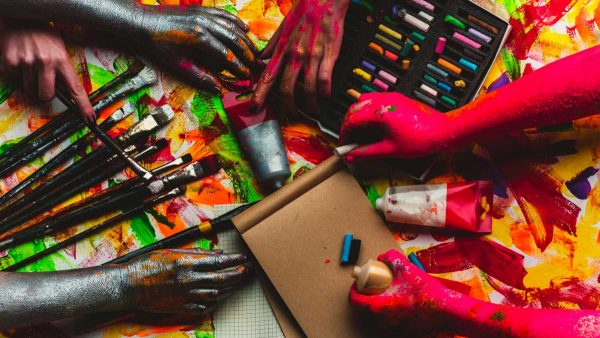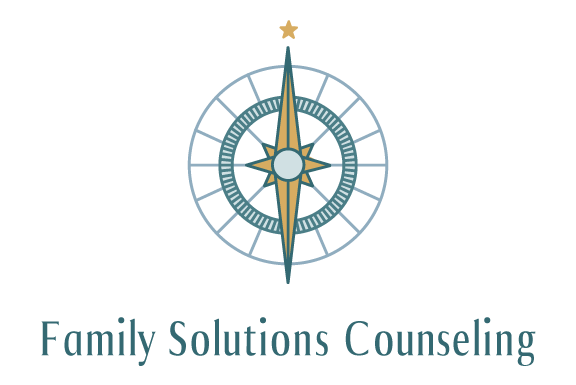
Whenever I visit my grandmother, or “Nanna” as all the grandkids call her, we paint together and she tells me stories about her life from long ago. She would delight in telling us about how, as a little girl, she was so proud of her first pair of Levi Jeans. I remember her telling me the story of when she moved to California and refused to marry a farmer only to fall for a farmer who was working as a pilot at the time. Throughout her life, she has told me many stories filled with wisdom and reassurance. Once she told me that “God lets an artist paint the sky when they get to heaven” and that’s why we see beautiful sunrises and sunsets every day.
As both a mentor and grandmother, my Nanna is also one of my favorite artists alongside Georgia O’Keeffe, Kehinde Wiley, and Andy Warhol, each of whom has a unique artistic style to communicate their ideas to the world.
Andy Warhol, who founded the New York Academy of Art, captured the world’s attention with his pop styled art of repeating images and bright colors. On the other hand, artists like Kehinde Wiley is a more modern artist known for his historically European stylized portraitures of modern Black people. The enlarged flowers of Georgia O’Keeffe were some of my favorite paintings growing up and was one of my Nanna’s favorite artists since she likes nature subjects as well.
From pop to historic grandeur to naturalism, each of these artists expressed themselves in a different medium and style. Art has been seen to be just one mode of communication, but more than that, it can be a useful tool to explore your own emotions. Troubling and stressful thoughts and feelings can be hard to communicate, and a lot of people struggle to form words to express themselves. Art helps communicate these complex troubles and stresses in a way that is helpful for the client and is often uniquely tailored to fit their needs. Anyone can be an artist, and anyone can explore their emotions through various mediums of art.
Creating is not only for people who have trouble verbalizing themselves, but can also be a method to reduce stress, anxiety, PTSD, and other disorders.
Can Art Be Therapeutic?
Yes it can. There is even a for of professional therapy called “art therapy.” Art therapy is a discipline that blends art and psychology through the therapeutic process and implements the use of painting, drawing, collaging, photography, and so much more. Often changed to fit the client, art therapy is helpful for various ages and has many benefits for participants. Art therapy has been seen to:
- Improve communication and concentration through a creative mode of conversing, and helps clients to focus on a particular idea
- Allow the client a safe space to work through their emotions throughout the entire process and acts as both a positive distraction and calming experience. Art therapy has been seen as a time that allows clients to process their overwhelming emotions.
- Increase self-awareness which promotes self-esteem in social situations and reduces feelings of isolation.
- Cultivate emotional resilience and promote insight as clients can use various mediums and freely express themselves.
What Are the Benefits to Art Therapy?
Not only does art therapy have many benefits, but there is a diversity that exists within the field, where different mediums have different uses. Art ranges from more to less structured mediums. More structured mediums like photography and collages allow more hesitant clients a place to start while less structured mediums like painting, drawing, and sculpting is more free-flowing. Any of these mediums are suitable for therapy, but their suitability for each particular client varies. Painting isn’t always as suitable for directives as collages are, but collages do not always have the emotional range as painting. Sculpture can be a great medium for some, but for others who don’t enjoy the mess, it may not be the best option. Furthermore, drawing can come in so many forms from colored pencils, graphite, crayons, and more allow for lots of freedom to depict what the client wishes to, but may overwhelm them if they try to include too many details. Overall, many types of art can be tailored to fit a particular client, with pros and cons attached to each one.
Art therapy isn’t just for artists, if you’re having trouble expressing your emotions, feel too overwhelmed to adequately and freely express yourself, or need a creative outlet to process your trauma, then art therapy may be for you! Anyone can create, reach out to a qualified art therapist today and start communicating creatively!
Alexandra Steward serves as an intern at Family Solutions Counseling. She is currently pursuing a degree in Family Science from Oklahoma Christian University, with plans to attend an Art Therapy accredited program come Fall of 2021 following graduation.
Sources used for this article
